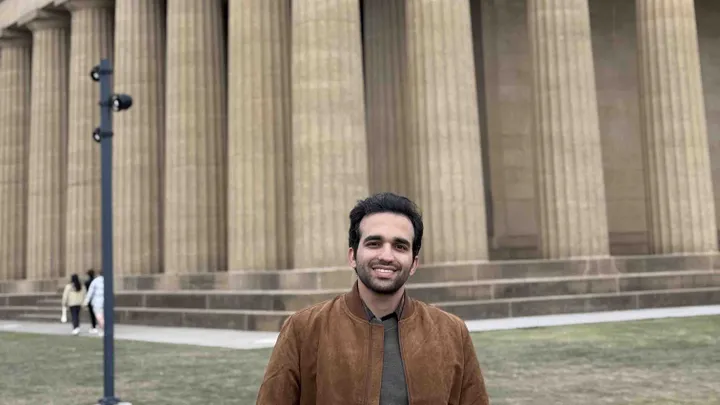Student organizations can consult the Financial Affairs Committee to obtain funds for projects and activities that benefit the student body as a whole, according to the FAC’s funding guidelines.
Mark David Kennedy, the SGA Treasurer and a member of the committee, said the FAC will allocate money depending on the needs of the student organization.
The extent of the funding disbursements is limited by caps per fiscal year, which began October 2010 and ends September 2011 for this fiscal year, Kennedy said.
Per fiscal year, the cap on travel expenses is $1,600 and the cap on general supplies and advertising is $500, whereas the cap on equipment is $1,500 per two fiscal years, he said.
Kennedy said the FAC manages a total budget of $120,000.
To qualify for FAC funds, student organizations must be registered with The SOURCE, an online community designed to promote student organizations, and have at least one officer attend a SOURCE Foresight workshop each fiscal year, which instructs the officer about FAC funding, Kennedy said.
Kennedy said he has seen student organizations have their funding requests denied because they failed to register.
“Some [organizations] get tabled because they didn’t register with The SOURCE,” he said.
As for the diversity of requests, Kennedy said the FAC hears from a variety of student organizations throughout its seven meetings of the year but nonetheless notices a consistency of requests from certain groups.
“I do see familiar faces,” he said.
Student organizations that meet the conditions for funding on time and have not exceeded their funding caps per fiscal year are usually awarded the money they request, Kennedy said.
Because the FAC has never extinguished its budget, the committee has not been forced to design a strategy for apportioning money to qualifying student organizations when funds run tight.
“As the University keeps growing, we might need to look into that,” he said. “We have not gone over the cap.”
The FAC is student-led with members drawn from the SGA Senate, the Source Board of Governors — a coordinating body that assists student organizations — and the Student Leaders Council — a group comprised of leaders of various student organizations, according to the FAC’s funding guidelines.
Four SGA senators, three representatives from the SOURCE Board of Governors and three representatives from the Student Leaders Council vote on the allocation decisions for each FAC meeting before the funding requests are then sent to the SGA Senate for approval, Kennedy said.
“We try to make [the committee] as diverse as possible,” he said.
Under the newly approved SGA constitution, which will go into effect in the fall, the number of SGA senators on the FAC will increase to six and the non-SGA presence will be decreased to two members. However, the SGA is currently pushing forward legislation that would divide FAC representation evenly between SGA and non-SGA members.
During an FAC meeting, SGA Vice President of Financial Affairs Edward Patton and SGA Treasurer Kennedy preside over the meeting but do not cast votes. An adviser also attends meetings but does not vote.
Erica Wade, community service co-chair for the student group National Council for Negro Women and a sophomore majoring in English and African American studies, said her experience as an FAC representative in the Student Leaders Council made applying for funding requests more manageable.
“There is a very large amount of instructions that are not necessarily easy but by serving on the committee, I have a greater sense of the application process,” she said.
She said without being familiar with the procedures of the FAC, student groups may run the risk of exhausting their per fiscal year caps on funds.
She said the process is effective overall, however.
“It can be done in an effective way,” she said.








